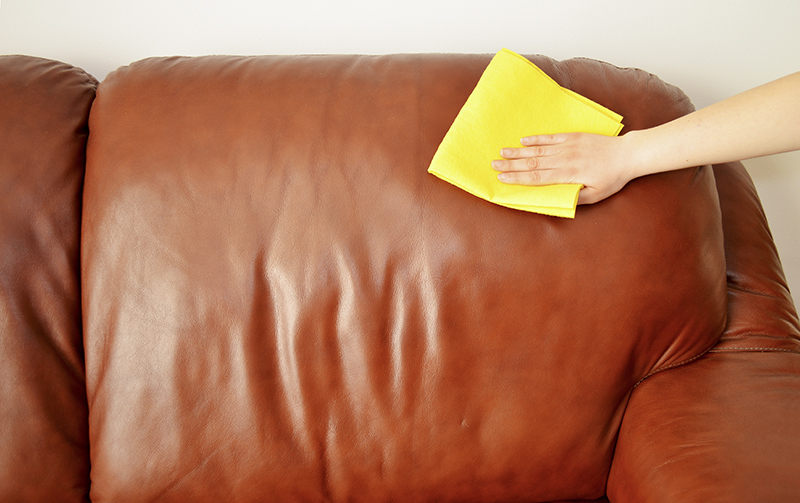How to Clean Leather Furniture
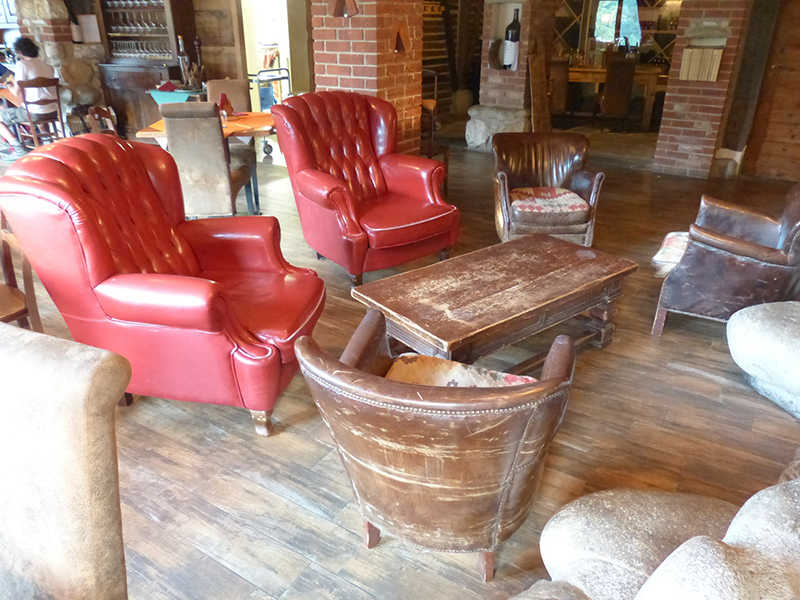
For centuries, leather has remained one of the most sought-after materials in the furniture-making industry. Leather furniture makes a classy and elegant statement. When used correctly, a simple leather sofa or chair alone can add luxury to your home decor.
Leather fits with almost any type of home decor. Even rugged or scuffed leather furniture can add a vintage look to your room. It’s no surprise that the total revenue of the global leather sofa market alone was $20,321.1 million in 2018, with an expected growth of 11.4% CAGR for the next ten years (by 2028).
However, you need to take utmost care of leather furniture to keep it in excellent condition. Fortunately, you can use a variety of household materials for general and stain-specific leather furniture cleaning.
Let’s start with a list of commonly available leather furniture cleaners.
1.) Materials with Which You Can Clean Leather Furniture
- Water and Mild Soap
- Vacuum Cleaner (with a brush attachment)
- Leather Cream
- Soft Cloth (dry and preferably white)
- Baking Soda
- Rubbing Alcohol
- Cotton Swab
- Clean Cotton or Microfiber Cloth
- Vinegar
- Baby Wipes
- Hairspray
- Ice Cubes
- Talcum Powder
The best way to clean leather furniture will depend on the type of leather. That’s where the leather codes come in.
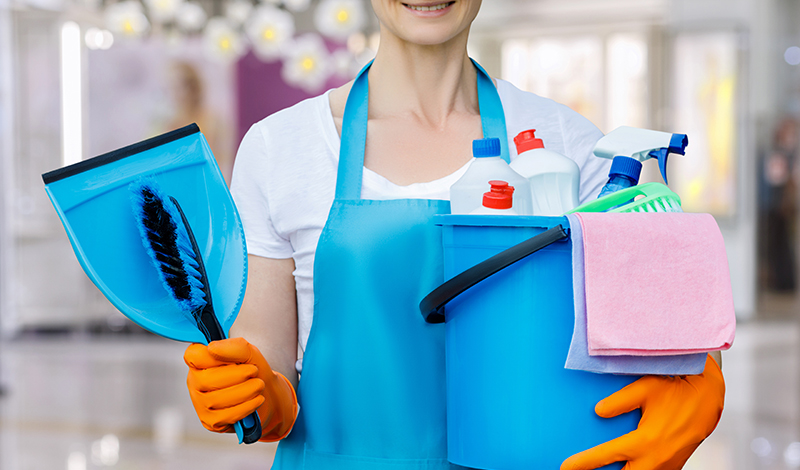
2.) Understand Leather Codes
The following leather codes will provide you with the necessary guidance to clean leather furniture, depending on its quality.
Code A
This code is meant for aniline leather. As aniline is natural-looking leather, it comes with natural scars, brands, wrinkles, and scratches. These natural marks and subtle color variations add character to the furniture. You can use a vacuum cleaner with a soft brush attachment or a clean, dry cloth (white) for regular dusting.
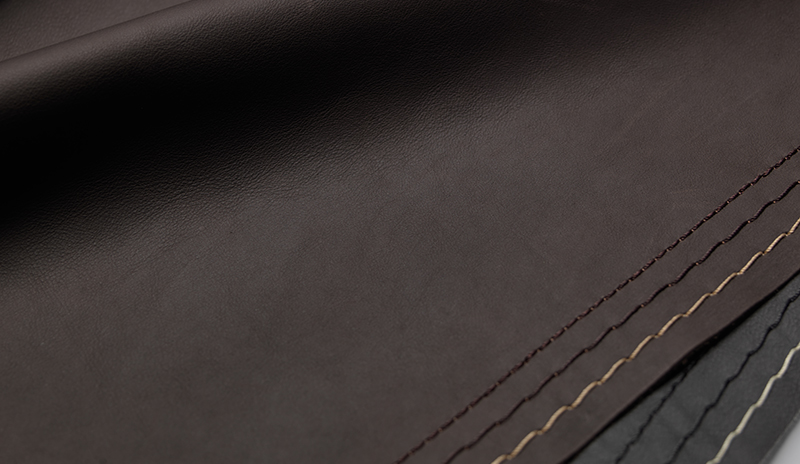
Code P
This code is meant for aniline plus or pigmented leather. This leather has fewer natural markings, and a more uniform color and texture. Its protective chemical treatment ensures increased stain resistance. You can vacuum it with a soft brush attachment or a clean, dry cloth (white) for regular dusting.
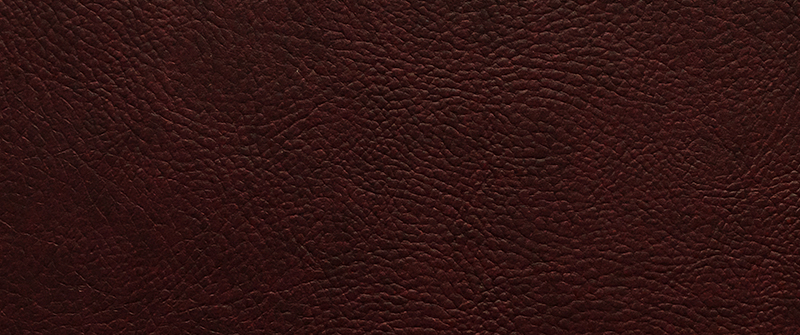
Code N
This code applies to nubuck leather, which is buffed to a velvety or suede-like nap. It has noticeable markings. It also stains and fades over time. You can use a clean, dry cloth or vacuum it with a soft brush attachment for dusting.
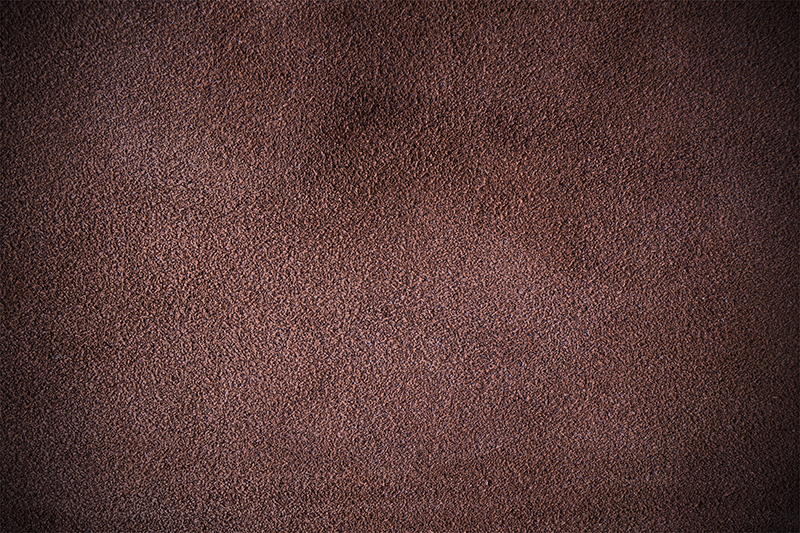
3.) How to Clean Leather Furniture
Now that you have understood the leather cleaning codes, let’s find out how to clean leather furniture.
A. Stains
You can choose any one of the following leather cleaning methods depending on the type of stain you’re dealing with:
- Remove mild stains with a clean washcloth dipped in warm soapy water.
- Grease stains, however, are another story. Treat this stain with a clean and dry cloth. Use baking powder for soaking a more persistent stain. Leave the soda for some time, and then dust it clean with a rag.
- You can use rubbing alcohol to clean ink stains. Use a cotton swab dabbed with rubbing alcohol to gently clean the stain. Avoid rubbing the stain as it may spread the ink, causing more damage.
- If you have marker stains, use an aerosol spray to clean it. Spray on the affected area and let it stay for ten minutes. Thereafter, rub it off with a dry cloth. If the spray doesn’t work, try using eucalyptus oil.
- You can also use a mixture of one part vinegar and one part extra virgin olive oil. Dab a soft cloth in this mixture and gently move it in circular motions to clean the stain.
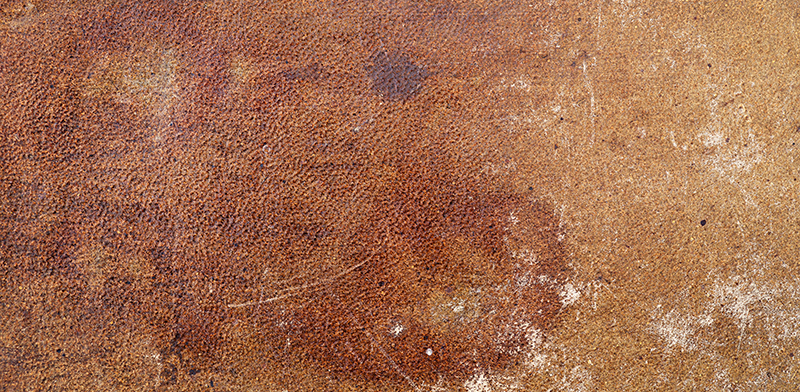
B. Dust
A major problem with leather furniture is dust buildup. For almost all types of leather furniture, you can use a vacuum with the soft brush attachment for regular dusting. You can also wipe it with a soft dry cloth.
However, for better cleaning, use a mixture of warm water and mild liquid soap. But, try this solution on a small test area first to see if it causes any damage. If it does not, dip a clean cloth in this mixture and wipe down the leather furniture carefully.
Use another clean cloth dabbed with distilled water to clean the furniture again. Finally, wipe the furniture dry using a third clean dry cloth.
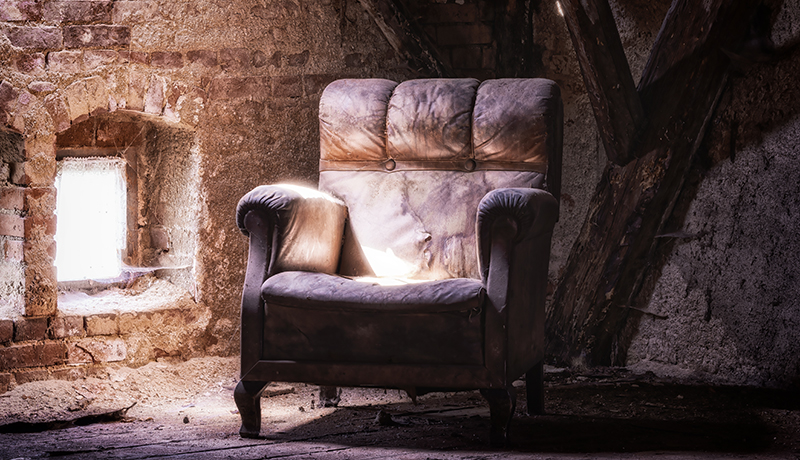
C. Wax or Chewing Gum
Sticky substances like chewing gum and candle wax can cause permanent damage to your leather furniture.
This simple trick, however, can save your furniture. Put some ice cubes in a plastic zip bag and place it over the affected area for a few minutes. The ice will harden the wax or gum. Once hardened, you can scrape it off with a spoon.
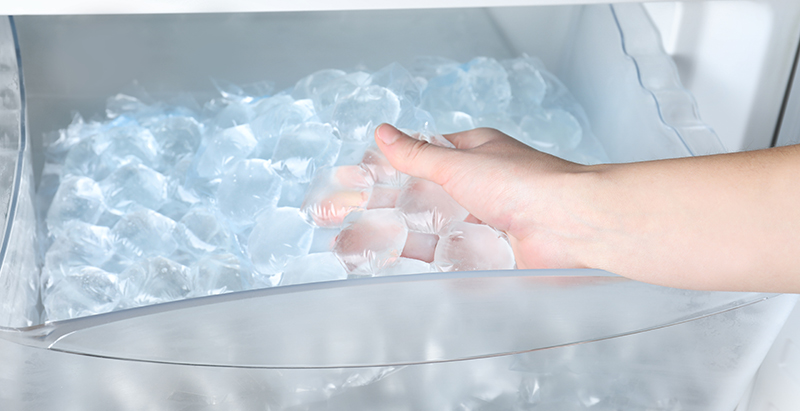
D. Pet Fur
If you have pets, you will need to deal with pet hair in your home. Fortunately, removing pet hair from leather furniture is much easier than most people think.
Usually, pet hair will build up in the crevices of your leather furniture. You can use a vacuum with the soft brush attachment to remove pet hair from these crevices. Use a clean and dry cloth to wipe the furniture clean off any remaining pet hair.
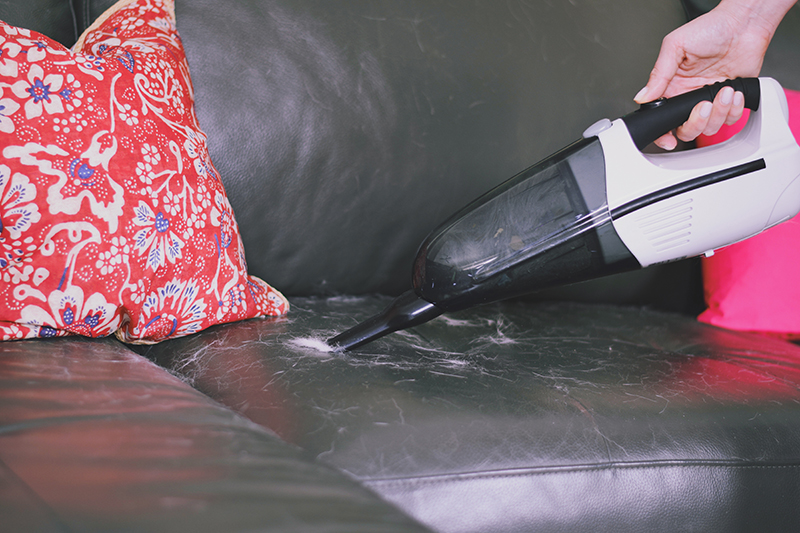
E. Mold and Mildew
Rubbing alcohol is the best way to remove mold and mildew stains from your leather furniture. Take a clean, white, dry cloth and dab it with a little rubbing alcohol. Blot it over the mold and mildew stains until they are gone.

F. Musty Smell
Leather furniture, when stored in damp and dark storage room for a long time, will acquire a musty and moldy smell. This is one of the most challenging leather furniture cleaning tasks.
First, you will need to remove any mildew and mold stains using rubbing alcohol, as discussed in the previous point. Once you have cleared off all the stains, you can move the furniture into the ventilated area. The odor will most likely go away after a few days.
If it does not, you can use white vinegar-and-water solution to drive away foul smells. Make a mixture of one part vinegar and one part water, and directly spritz it on the leather furniture. You can also use a clean and dry white cloth dabbed with the mixture and wipe your furniture from top to bottom.
Let the furniture air dry in a well-ventilated area. Once dry, use a clean and dry white cloth to remove excess vinegar. You can repeat this process until the smell goes away completely.
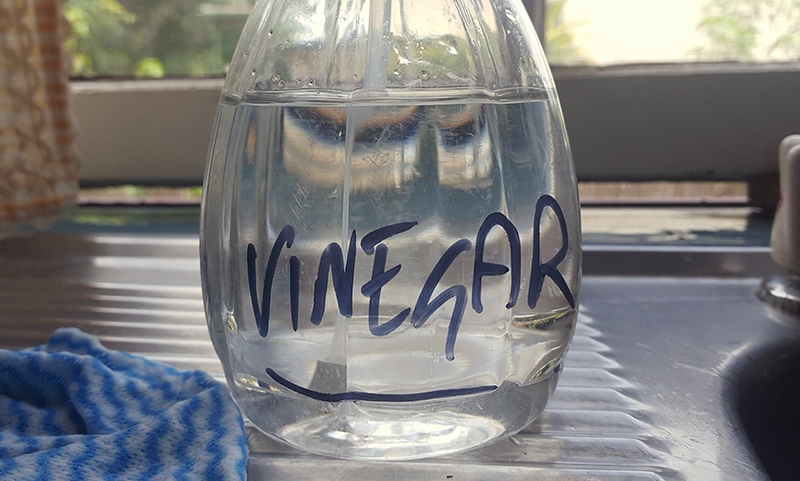
Parting Words
As you can see, keeping your leather furniture in excellent condition is possible by using household materials. However, you must always test a small section of the furniture before going ahead with your choice of cleaning method. Always use soft, white, and microfiber cloths along with mild liquid soaps.
Read the cleaning and care instructions that often come with leather furniture before proceeding. Make sure to use top-quality leather care products and read the usage instructions before applying them. Finally, keep all your leather furniture away from direct sunlight to prevent fading and drying. That’s it! Good luck with your leather furniture cleaning.
